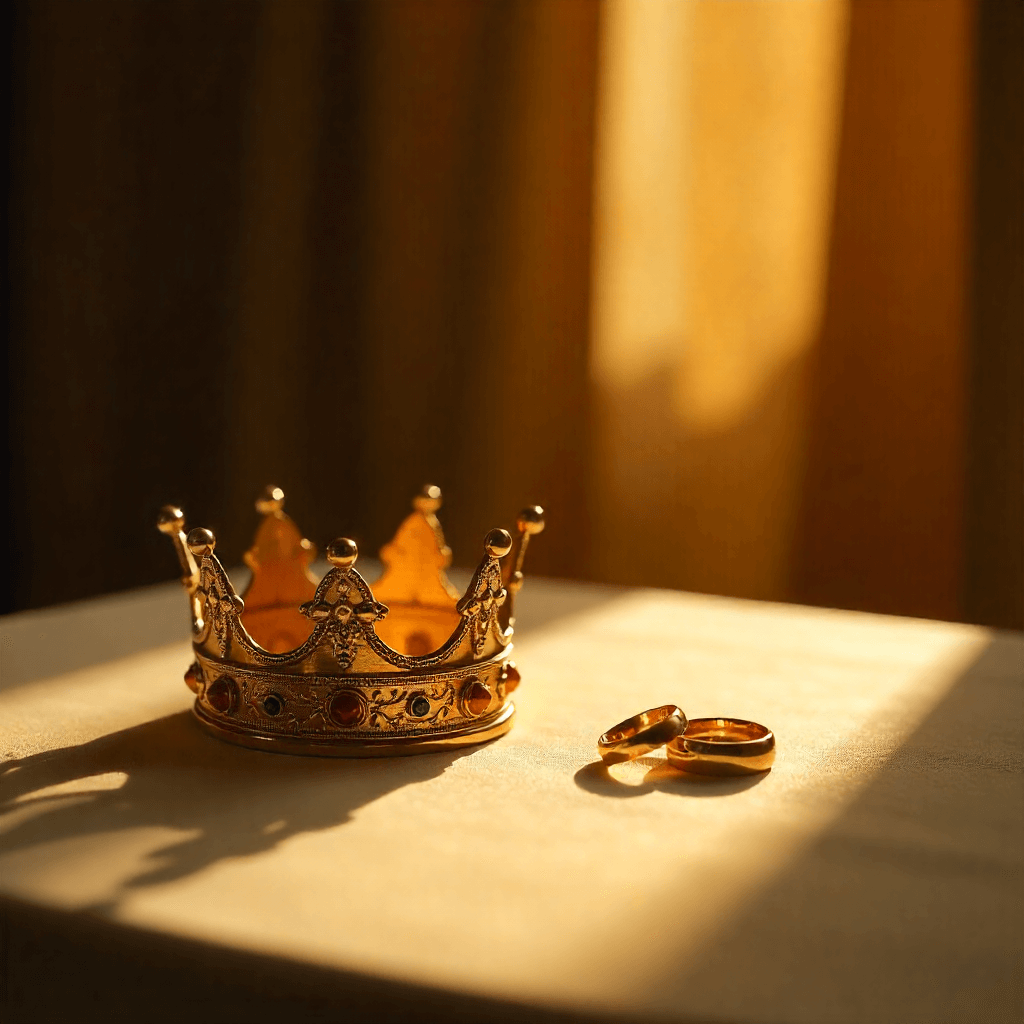A morganatic marriage is a unique type of union historically practiced in European royal and noble families. Unlike typical marriages, it occurs between a royal or noble and a person of lower social rank, often resulting in special rules regarding titles, inheritance, and benefits. These marriages have fascinated historians for centuries and provide insight into the complex interplay of social hierarchy and love.
Origin and Definition of Morganatic Marriage
The term morganatic marriage originates from the Germanic concept of “Morgengabe,” meaning morning gift. In these marriages, the bride would receive a gift from the groom, but she and her children would not inherit the groom’s rank, title, or political advantages. The union remained legally valid, but it deliberately prevented the transfer of privileges, ensuring that the social and dynastic order remained intact.
Historical Context and Purpose
Morganatic marriages became common among European royals who wished to marry for love rather than political gain. They allowed royal individuals to maintain personal choice while upholding family and state expectations. Historically, these marriages were also known as left handed marriages, referencing the groom holding the bride’s left hand instead of the right during the ceremony. This symbolic gesture distinguished the marriage from traditional unions.
Legal and Social Implications
While morganatic marriages were legally binding, they carried strict social implications. The spouse of lower rank and any offspring were stripped of political and dynastic benefits, meaning they could not inherit titles, estates, or positions of authority. This separation of privilege preserved the prestige of the royal family while still recognizing the personal union.
Notable Examples of Morganatic Marriages
Several high-profile morganatic marriages illustrate the practice:
- In the 19th century, German princes frequently entered morganatic unions with women of lesser social standing.
- Certain Habsburg emperors married women from lower social ranks, ensuring their children could not claim dynastic succession.
- These unions were carefully documented to prevent disputes over inheritance and rank.
Customs and Ceremonial Practices
A morganatic union often involved unique customs. The bride might receive a morning gift as part of the agreement, symbolizing her status within the marriage. The ceremony itself was distinct, sometimes called a left handed marriage, which visually indicated the unequal social standing of the spouses. These practices reinforced societal hierarchies while allowing personal choice within rigid social structures.
Modern Relevance
Today, morganatic marriages are rare, but they provide historical insight into the balance between love, law, and social rank. Legal systems in most countries now treat all marriages equally, but historical examples continue to fascinate researchers and enthusiasts of royal history. Scholars often study these unions to understand how dynastic strategies and personal desires intersected over centuries.
Conclusion: Understanding Morganatic Marriage
A morganatic marriage reflects a delicate balance between personal affection and social obligation. It demonstrates how royals and nobles navigated societal rules while making personal choices. Though the spouse and children may have been of lower rank, the union remained legally valid and historically significant. This form of marriage shows that love and hierarchy could coexist, even if at a cost to social and political benefits.













